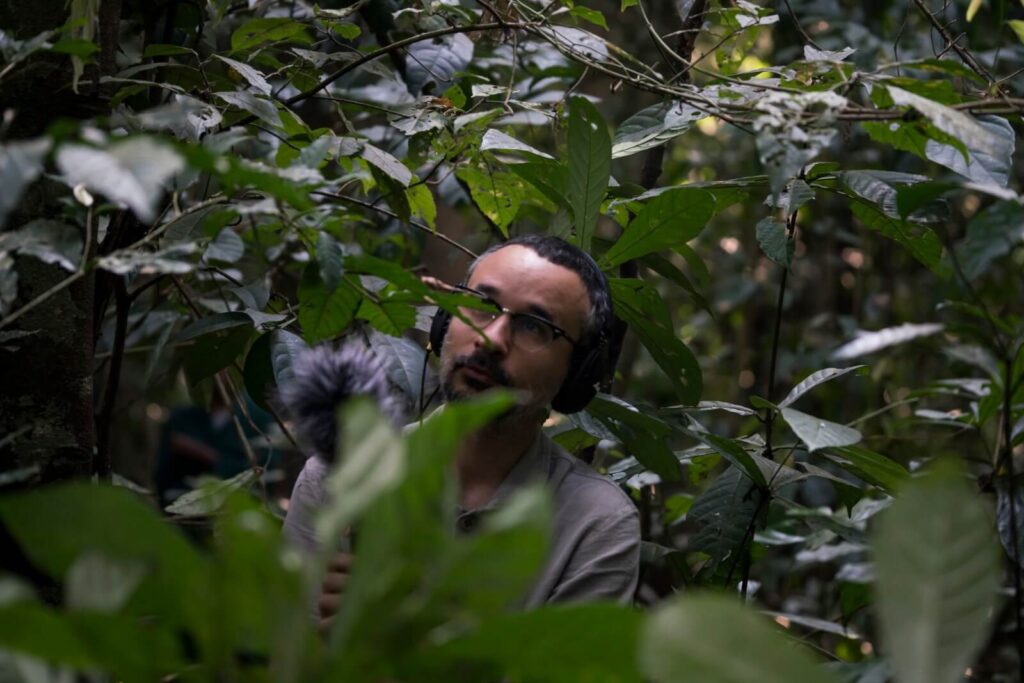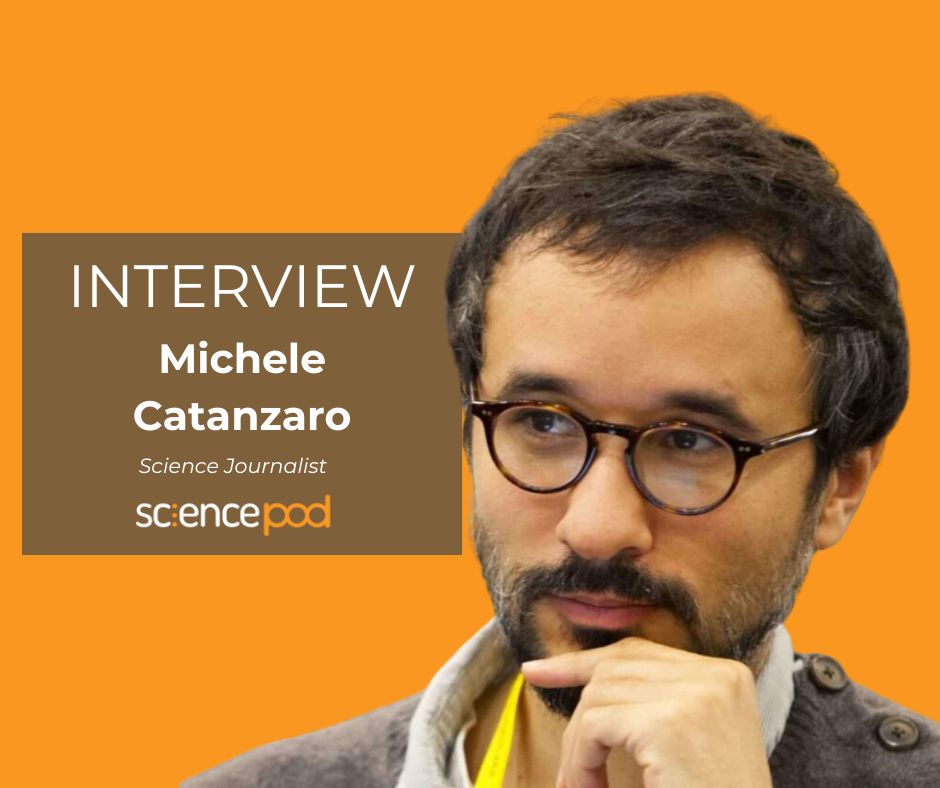An interview with freelance science journalist and WCSJ 2023 speaker Michele Catanzaro
By Karen Emslie, SciencePOD writer
SciencePOD spoke with seasoned science journalist Michele Catanzaro in advance of the World Conference of Science Journalists WCSJ 2023 where he is participating in a panel discussion on communicating risk to sharing risk know-how with communities.
Catanzaro’s journalism appears in Nature, El Periódico, Science and more. He covers topics such as health, environment and COVID-19; communicating risk is a vital aspect of his work.
One thing is being correct and careful in the way you communicate risk, and the other thing is taking into account the whole world that revolves around the issue of risk: the expectations of the public, how much they are aware of the nuances of what the words that express risk mean, and also the uncertainties; the fact that sometimes risk is not well defined.
Michele Catanzaro
Why is it important to communicate risk to audiences when covering scientific and medical topics?
As journalists, we serve our audiences, we don’t serve scientists or corporations or doctors, so a key question is: what information is relevant to our public? One very common question when dealing with topics like health, food, environment, even technology, is the risk related to these things. The flipside of the same coin is benefit, so what are the benefits of certain environmental actions, certain foods, certain health actions?
Both things— risk and benefit— can be exaggerated, can be downplayed. Part of our mission is to be very careful in portraying and communicating the exact situation of risk and benefits.
Are there specific challenges and limitations with using digital communications when it comes to risk?
Yes, there are. First of all, the format is a simplifying machine. Sometimes you don’t even write, you have TikToks and images; it is a more simplified, primitive communication. Then there is the whole issue of virality. Digital platforms—social media in particular—are geared towards virtualisation and often virtualisation of bad information. On the other hand, virality in itself is not negative as long as it is used to convey good information.
What can happen if risk is not communicated adequately? Could you give an example?
One example I often quote is about an anarcho-primitivist group that operated in Mexico some years ago and that I covered for Nature—they managed to kill two scientists involved in nanotechnology and biotechnology. In their claims, they mentioned science popularisation literature—all this literature under the umbrella of transhumanism, this rhetoric about the fact that we are close to a tipping point in which nanotechnology and biotechnology will allow us to achieve things like immortality, extra limbs on our bodies, or escape from the rules of natural selection.
Whoever knows a bit about science knows that this is exaggeration, this is hype, but they took it seriously up to a point that they decided to take these very violent actions.

How do you go about ensuring that risk is communicated adequately in your medical or scientific coverage?
There is a lot of understanding involved before the moment of communication. You have to delve, as a journalist, through hype, through propaganda, through neurotic reactions, through interests of different stakeholders involved and really try to understand as much as you can the exact situation and also the uncertainties.
The other important part is to understand your readers, understand your public. What are the questions? Try to anticipate the way in which they may interpret, or misinterpret, what you say and also the additional questions they may have that you have not thought about.
Finally, could you share an example of an effective risk communication approach in recent times?
A wonderful example that happened during the pandemic— that received awards and became viral on a global scale—was a work by the Spanish newspaper El País titled Un salon, un bar y una clase: así contagia el coronoavirus en el aire (A room, a bar and classroom: This is how the coronavirus spreads in the air). This was the first work—certainly in Spain but even globally—in which the issue of the spread of coronavirus through aerosols was really brought in to public debate.
What was behind that? Really good journalism. They developed a simulation in collaboration with a scientist; they asked the right questions; they got the data and stories; and—very importantly—they packaged it all in a graphical, visual way that was very suitable for social media networks and mobile.
The World Conference of Science Journalists (WCSJ) 2023 will be held in Medellin, Colombia, March 27-31. SciencePOD is proud to be a WCSJ 2023 Media Partner.

